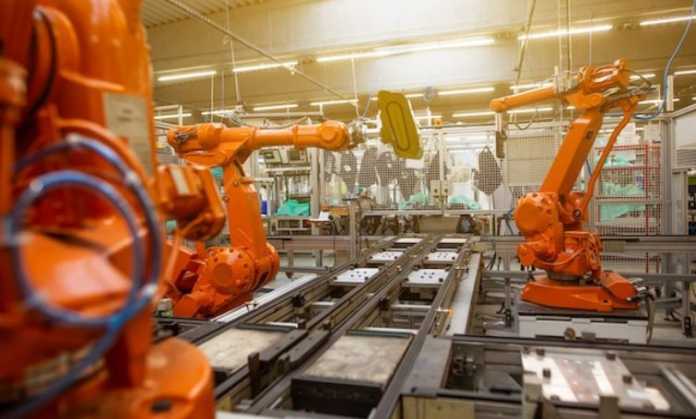When you think of modern industries and their bustling production floors, visions of massive machines, busy workers, and a whirlwind of activity might come to mind. Yet, beyond the apparent chaos, there’s an intricate dance of efficiency and precision. Among the heroes enabling this high-octane performance are modular systems, with DIN rails playing a central role in bringing order and functionality to complex setups.
The Modular Revolution on Production Floors
Over the decades, the production floor has seen a shift from standalone, singular-function machines to integrated systems that can multitask and adapt to changing requirements. One might wonder: what’s driving this evolution? The answer lies in the quest for flexibility and efficiency.
Incorporating modular systems ensures that industries can quickly adapt to the evolving market demands. This flexibility means fewer disruptions during machinery upgrades or changes in production lines. And right at the heart of this modular evolution are DIN rails, facilitating easy mounting and organization of various control devices.
DIN Rails: The Unsung Heroes
For many, the term “DIN rails” might not ring a bell. However, for industry insiders, these standardized mounting devices are indispensable. Crafted to perfection, DIN rails are essential to streamlining and organizing equipment. They allow for a neat assembly of control devices, circuit breakers, and other essential components.
When working on massive machines, the ease of access becomes crucial. Having a modular system backed by DIN rails ensures that maintenance and adjustments become less of a chore. These rails provide a firm yet adaptable hold, meaning that changes can be made without the need to dismantle the entire setup.
DIN rails, ubiquitous yet often overlooked, play a pivotal role in the world of industrial automation and electrical engineering. As standardized mountings for circuit breakers, control equipment, and other devices, they ensure secure, orderly, and easily accessible setups in control cabinets. Originating from German standards (Deutsches Institut für Normung), DIN rails have become globally recognized for their efficiency and reliability. Their modular design facilitates swift installation, modifications, and maintenance tasks, reducing downtime in production environments. As industries continuously evolve, the foundational role of DIN rails in facilitating adaptable and scalable systems becomes ever more pronounced.
Enhancing Safety and Reliability
Safety cannot be compromised on the production floor. With so many machines and components interacting, a single misstep can lead to unfortunate accidents. Modular systems, particularly those anchored on DIN rails, play an integral role in enhancing safety.
By ensuring each component has its designated spot and that wiring is neat and accessible, these systems reduce the chances of electrical mishaps. This organized approach ensures that every component is easily visible, making it simpler to spot issues before they escalate.
Adaptability in the Face of Change
Modern industries are characterized by rapid change. Whether it’s due to technological advancements or market demands, production floors must be ready to pivot. Modular systems shine in this arena. The ability to swap out, add, or rearrange components without overhauling the entire setup is invaluable.
DIN rails champion this cause, allowing components to be snapped in or out with relative ease. This adaptability means that production floors can maintain a continuous workflow, even as individual elements undergo changes.
A Green Perspective: How Modular Systems Promote Sustainability
At first glance, the link between modular systems and sustainability might seem tenuous. However, delve a little deeper, and it’s evident that the modular approach, with DIN rails as key players, has environmental benefits.
When components become obsolete or malfunction, modular systems allow for targeted replacements rather than discarding entire units. This not only reduces electronic waste but also ensures that resources are used more efficiently. Moreover, an organized setup means fewer errors and breakdowns, leading to reduced energy wastage.
Investing in the Future
The push towards modularity, with DIN rails at the forefront, isn’t merely a trend; it’s an investment in the future. As industries evolve, the demands on production floors will only intensify. Preparing for this future requires tools and systems that can stand the test of time and adapt to ever-changing scenarios.
For businesses, this implies not just investing in machines but in infrastructural elements like DIN rails that bind the production floor together. As the saying goes, a chain is only as strong as its weakest link. In the industrial realm, ensuring every link, no matter how seemingly insignificant, is robust and adaptable is the key to long-term success.
In the ever-evolving tapestry of modern industries, the importance of modular systems and DIN rails is undeniable. They serve as silent sentinels, ensuring operations run smoothly, safely, and efficiently. As we stand on the brink of even greater industrial revolutions, the role of such foundational elements will only grow in significance, guiding production floors to new heights of excellence.


























